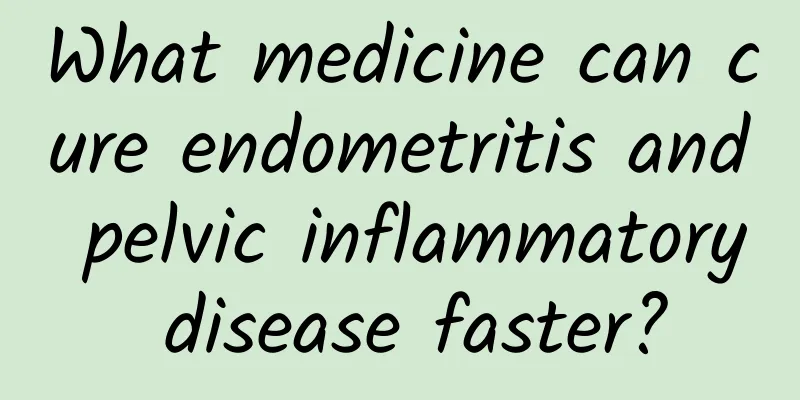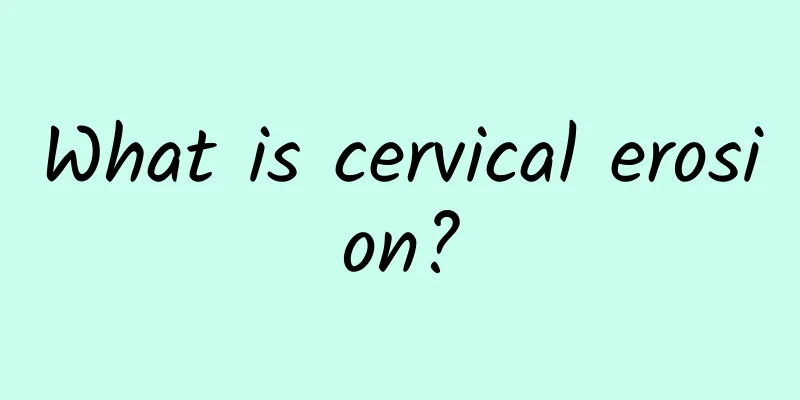How to treat cervical polyps

|
Symptoms of cervical polyps are a common gynecological disease, usually caused by cervical inflammation and bad sexual habits. It is more common in women of childbearing age and married women. Since this disease has a certain degree of cancerous transformation, it must be treated in time after discovery to prevent such a phenomenon from happening. The following will tell you how to treat cervical polyps. Clinical data show that the incidence of cervical polyps accounts for about 5% of women of childbearing age and 4%-10% of all cervical lesions, especially in women aged 30-49. Since the disease is related to inflammatory stimulation, sexual life and childbirth, married women account for more than 98% of the incidence. Because more than 1/3 of patients with cervical polyps lack obvious symptoms, they are only discovered during doctor's examination. Even if there are symptoms, most of them are mild, mainly a small amount of spotting, bright red, or a small amount of bleeding after sexual intercourse, which is sometimes mistaken for "return of menstruation". In a few people, the amount of bleeding can be similar to menstruation. Some patients may have yellow leucorrhea, most of which have an odor, or the leucorrhea may contain blood. It may also manifest as postmenopausal vaginal bleeding. Unmarried patients with cervical polyps often have swelling protruding from the vaginal opening. Once the symptoms of cervical polyps are found, they should be treated actively. How to treat cervical polyps? Generally, surgical removal is the main method. Drugs, lasers and other methods can also be used. The removed polyps should be sent for pathological examination to rule out whether they have become malignant. The surgery to remove polyps is very small, but if the polyps are large, the pedicles are very thick, or if the woman suffers from high blood pressure, heart disease or blood disease, surgical treatment of cervical polyps should be cautious. Regarding how to treat cervical polyps, in order for us to successfully complete the surgical treatment of cervical polyps, we need to go to a regular hospital to avoid some unexpected phenomena. The above is a detailed answer to how to treat cervical polyps. I hope it will be helpful to everyone. If you have any questions, please feel free to consult our online experts. |
<<: Anatomical approach to the treatment of cervical polyps
>>: Clinical symptoms of cervical polyps
Recommend
The older you get, the easier it is to gain weight! Increase your basal metabolic rate with these 5 foods
Many people should be familiar with the term &quo...
Can you really die from Bartholinitis?
The Bartholin's glands are located behind the...
What tests should be done if menstruation is not coming?
Generally speaking, if menstruation does not come...
How to differentiate and diagnose left ovarian cyst and what are its symptoms
Ovarian cyst is a relatively complicated disease ...
Can Kangfu gel treat cervicitis?
Kangfu Gel has a certain auxiliary therapeutic ef...
What is the cause of moderate cervical erosion?
What happens if cervical erosion is moderate? Cer...
Don’t make the rice dumplings too heavy during the Dragon Boat Festival! Nutritionists teach you how to make 3 healthy and wholesome multi-grain dumplings + 5 eating tips for delicious and less burdensome
In addition to dragon boat racing, the most appro...
Lose weight without losing energy! How to Eat Winter Melon Porridge for People with Obese Physique
As spring approaches, many people seek drastic we...
What to do if bacterial vaginosis occurs during mid-pregnancy
Bacterial vaginosis is a type of vaginitis mainly...
Yan Yige is extremely fat and extremely thin, with a 30kg difference. The secret to her successful weight loss is...
Yan Yige became ill a few years ago and experienc...
What if there is blood after the menstrual period?
What if there is still blood after the menstrual ...
What happens when uterine fibroids completely disappear? What should I eat to make uterine fibroids disappear?
What happens when uterine fibroids completely dis...
Symptoms of dysmenorrhea in women of different degrees
Symptoms of dysmenorrhea in women often appear in...
At what stage of uterine fibroids should surgery be performed? At what stage of uterine fibroids should surgery be performed?
At what stage of uterine fibroids should surgery ...
Symptoms and treatment of congenital absence of vagina
We all know that congenital absence of vagina wil...









